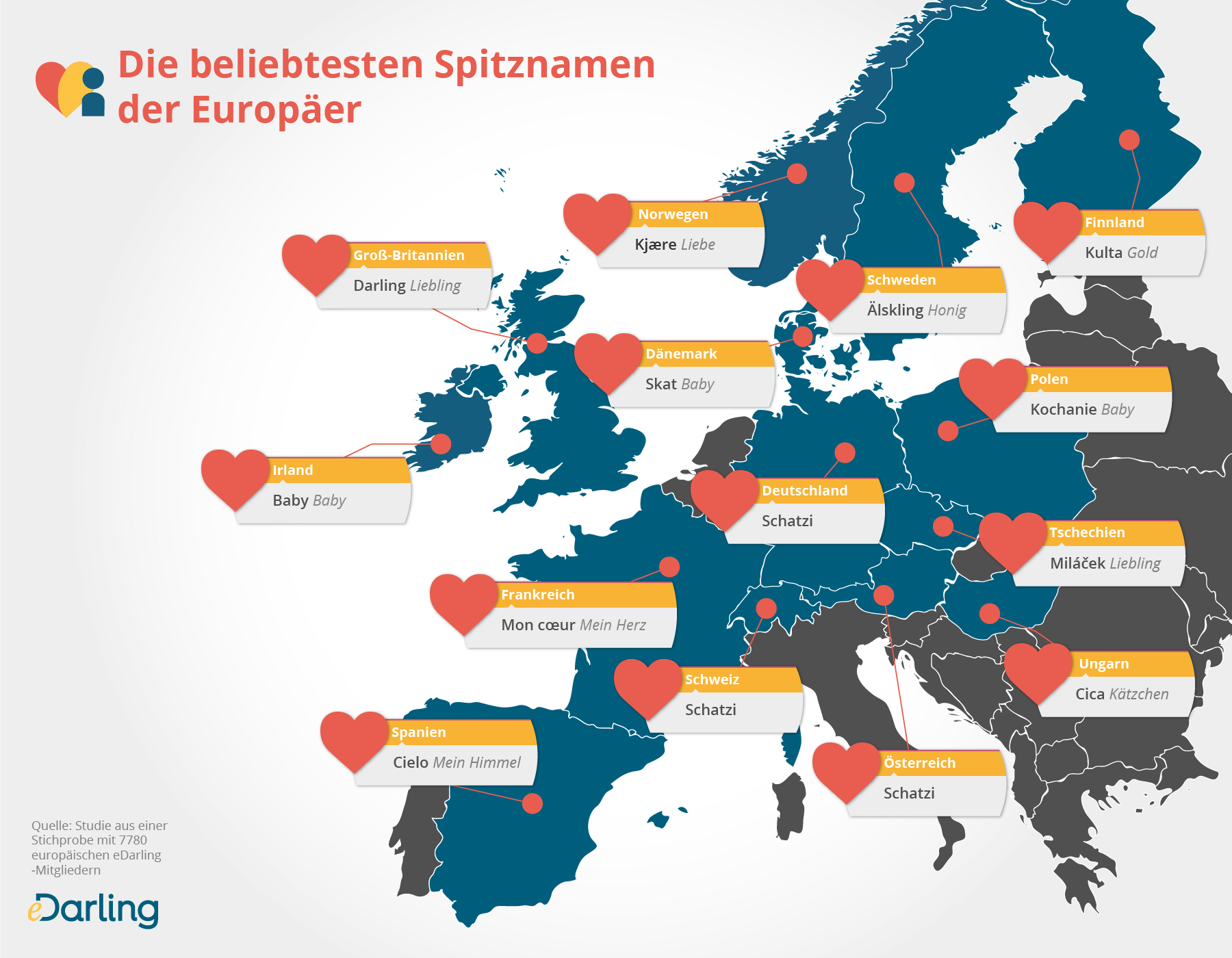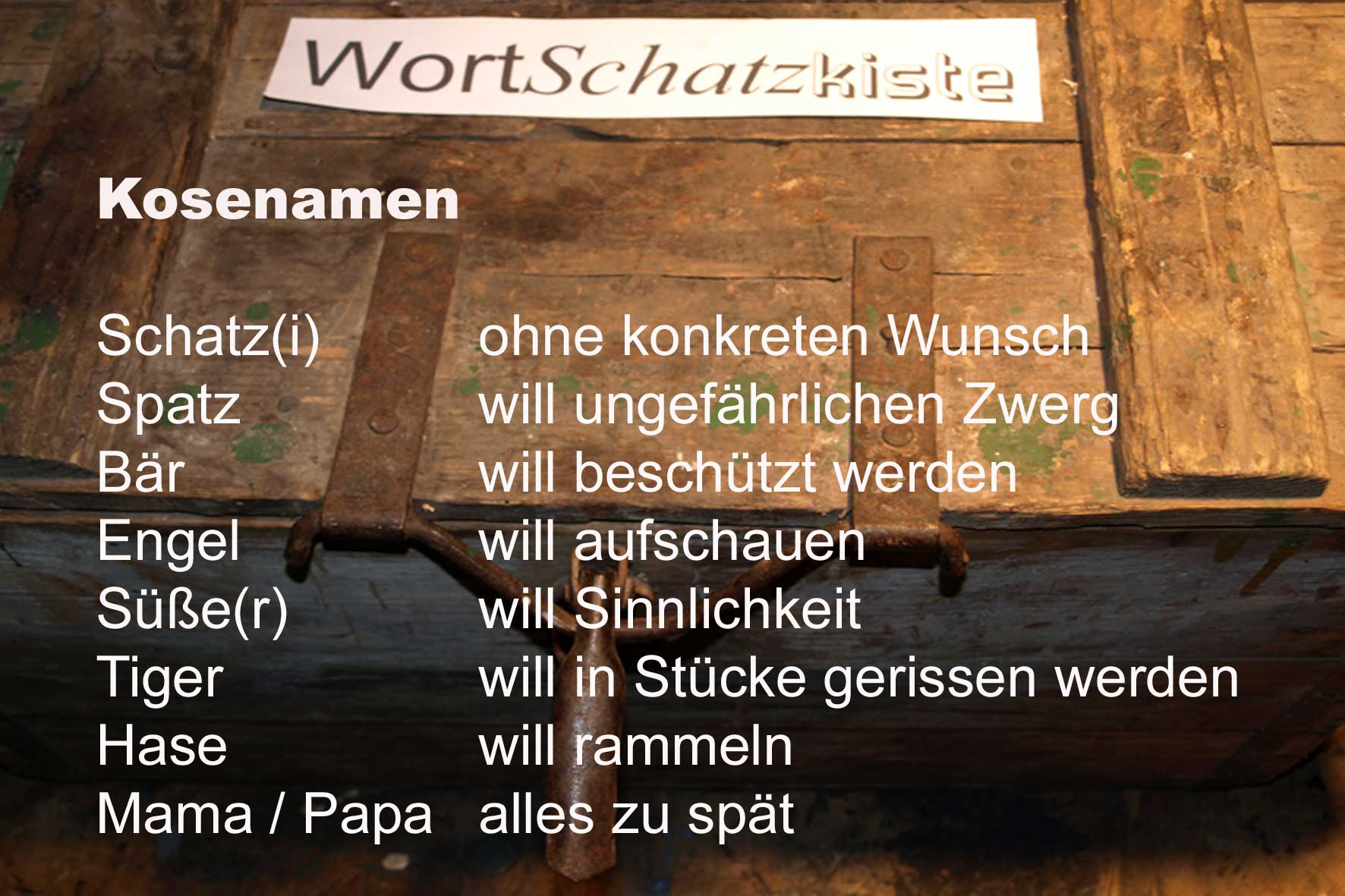Exploring Kosenamen Plattdeutsch: A Deep Dive Into The World Of Low German Nicknames
Alright folks, here's the deal. If you're diving into the vibrant world of German dialects, you can't miss out on kosenamen plattdeutsch or Low German nicknames. These aren't just random names; they're cultural treasures that reflect the rich history and traditions of Northern Germany. Think of them as little windows into the past, where every name has a story, and every story has a soul. So, grab your favorite beverage, get comfy, and let's uncover the fascinating world of Low German nicknames together.
Now, why should you care about kosenamen plattdeutsch? Well, for starters, it's not just about language; it's about identity. In a world where globalization often threatens local traditions, these nicknames remind us of the importance of preserving cultural uniqueness. They're like little time capsules that carry the essence of a community's values, humor, and even quirks.
And guess what? You don't need to be a linguist to appreciate them. Whether you're a language enthusiast, a history buff, or just someone who loves discovering new things, this article has got you covered. So, let's jump right in and explore why kosenamen plattdeutsch deserves a spot in your cultural bucket list.
- Dingolfing Weihnachtsmarkt A Magical Christmas Adventure In Bavaria
- Linda Kampmann The Rising Star In The World Of Modeling
What Exactly Are Kosenamen Plattdeutsch?
First things first, let's break it down. Kosenamen plattdeutsch refers to the nicknames used in the Low German dialect. But hey, don't let the term "nickname" fool you. These aren't your everyday John Doe or Jane Smith. These are names that carry layers of meaning, often tied to family heritage, occupation, or even physical characteristics. Think of them as personalized badges that tell a story.
Why Are They Important?
Okay, so why do these names matter? Well, they're more than just words; they're a reflection of a community's values and history. In a region where traditions are deeply rooted, kosenamen plattdeutsch serve as a way to preserve cultural identity. Plus, they're just plain fun! Imagine calling someone "Klappernuss" (which roughly translates to "rattle-nut") because they're known for their loud laugh. It's quirky, it's unique, and it's a whole lot of fun.
A Brief History of Plattdeutsch
Before we dive deeper into the nicknames, let's take a quick detour into the history of Plattdeutsch itself. Low German, or Plattdeutsch, is a dialect spoken primarily in Northern Germany. It's not just a variation of Standard German; it's a language with its own grammar, vocabulary, and cultural significance. Think of it as the cool cousin that refuses to conform to the mainstream.
- Fire Up Your Knowledge The Role Of Feuerwehr Ensheim In Emergency Response
- Thiel Steinfurt The Rising Star You Need To Know About
How It Evolved
Over the centuries, Plattdeutsch has evolved alongside the communities that speak it. It's been influenced by trade routes, migration patterns, and even political changes. And through all this, kosenamen plattdeutsch have remained a constant, offering a glimpse into the everyday lives of people who spoke this rich dialect.
The Art of Naming: How Kosenamen Are Created
Now, let's get to the juicy part. How exactly do these nicknames come about? Well, it's a mix of creativity, tradition, and a dash of humor. Some names are based on physical traits, like "Langnas" for someone with a long nose. Others are tied to a person's profession, like "Bakker" for a baker. And then there are those that are just plain fun, like "Snabbelkopp" (which means "snout head").
Common Themes in Kosenamen Plattdeutsch
Here's a quick rundown of some common themes you'll find in these nicknames:
- Physical Characteristics: Names based on appearance, like "Grootear" (big ears).
- Professions: Names tied to a person's job, like "Schipp" (shipbuilder).
- Personality Traits: Names that reflect someone's character, like "Lachkopp" (laughing head).
The Cultural Significance of Kosenamen Plattdeutsch
These nicknames aren't just playful; they're deeply cultural. They reflect the values and humor of the communities that use them. Think about it. In a world where everyone's striving for uniqueness, these names offer a way to celebrate individuality while staying connected to tradition.
How They Strengthen Community Bonds
One of the coolest things about kosenamen plattdeutsch is how they bring people together. They're like little inside jokes that only those in the know can appreciate. And in a community setting, that shared understanding can be incredibly powerful. It's like having a secret language that strengthens bonds and fosters a sense of belonging.
Famous Examples of Kosenamen Plattdeutsch
Let's take a look at some famous examples of these nicknames. You might recognize a few:
- Klappernuss: Someone with a loud laugh.
- Bakker: A baker.
- Snabbelkopp: Someone with a prominent nose.
- Grootear: Someone with big ears.
Why These Names Stick
So, why do these names stick around? Well, it's all about context. In a small community where everyone knows each other, a nickname can become a shorthand for identity. It's like a little tag that follows you around, reminding people of who you are and where you come from.
Preserving Kosenamen Plattdeutsch for Future Generations
Now, here's the big question. How do we make sure these nicknames don't get lost in the sands of time? It's all about education and awareness. By teaching younger generations about the significance of kosenamen plattdeutsch, we can ensure that these cultural treasures continue to thrive.
What You Can Do
Here are a few things you can do to help preserve these names:
- Learn the Language: Dive into Plattdeutsch and discover the richness of its vocabulary.
- Share the Stories: Tell others about the fascinating history behind these nicknames.
- Support Local Efforts: Get involved with organizations that focus on preserving regional dialects.
The Future of Kosenamen Plattdeutsch
As the world becomes more interconnected, the challenge of preserving local dialects becomes even more important. But hey, with the right efforts, kosenamen plattdeutsch can continue to thrive. Imagine a future where these names are celebrated not just in Northern Germany, but around the world. It's a future worth striving for.
Why It Matters Globally
Here's the thing. In a world that's increasingly homogenized, these nicknames offer a reminder of the beauty of diversity. They're a testament to the fact that every culture has something unique to offer, and that's something we should all celebrate.
Conclusion: Celebrating the Quirkiness of Kosenamen Plattdeutsch
So, there you have it. Kosenamen plattdeutsch isn't just about names; it's about culture, tradition, and identity. By exploring these nicknames, we gain a deeper understanding of the communities that use them and the world they inhabit. And hey, who doesn't love a good laugh while learning something new?
Now, here's the deal. If you've enjoyed this article, don't keep it to yourself. Share it with your friends, leave a comment, and let's keep the conversation going. Because at the end of the day, it's all about celebrating the quirks that make us who we are.
Table of Contents
- What Exactly Are Kosenamen Plattdeutsch?
- A Brief History of Plattdeutsch
- The Art of Naming: How Kosenamen Are Created
- The Cultural Significance of Kosenamen Plattdeutsch
- Famous Examples of Kosenamen Plattdeutsch
- Preserving Kosenamen Plattdeutsch for Future Generations
- The Future of Kosenamen Plattdeutsch
- Conclusion: Celebrating the Quirkiness of Kosenamen Plattdeutsch
And there you have it, folks. A deep dive into the world of kosenamen plattdeutsch. So, what are you waiting for? Dive in, explore, and let the quirky charm of these nicknames brighten your day.



Detail Author:
- Name : Mr. Terence Harris II
- Username : claudie37
- Email : botsford.joelle@carroll.org
- Birthdate : 1976-03-14
- Address : 54828 Schaden Curve Denesikville, SC 15197-4805
- Phone : +1 (701) 313-1548
- Company : Ullrich and Sons
- Job : Marketing VP
- Bio : Quos dignissimos iste praesentium quia unde placeat occaecati. Ea sed distinctio est. Ut omnis adipisci quos id qui. Mollitia aut velit dignissimos aut facere beatae.
Socials
instagram:
- url : https://instagram.com/mohammad_rosenbaum
- username : mohammad_rosenbaum
- bio : Aut illum et quia fugit sit. Non incidunt ducimus et at.
- followers : 2163
- following : 1080
facebook:
- url : https://facebook.com/mohammad.rosenbaum
- username : mohammad.rosenbaum
- bio : In doloremque neque consequuntur aliquid vero aliquid quaerat.
- followers : 587
- following : 2098
linkedin:
- url : https://linkedin.com/in/mrosenbaum
- username : mrosenbaum
- bio : Et est reiciendis magni incidunt placeat.
- followers : 3896
- following : 2192